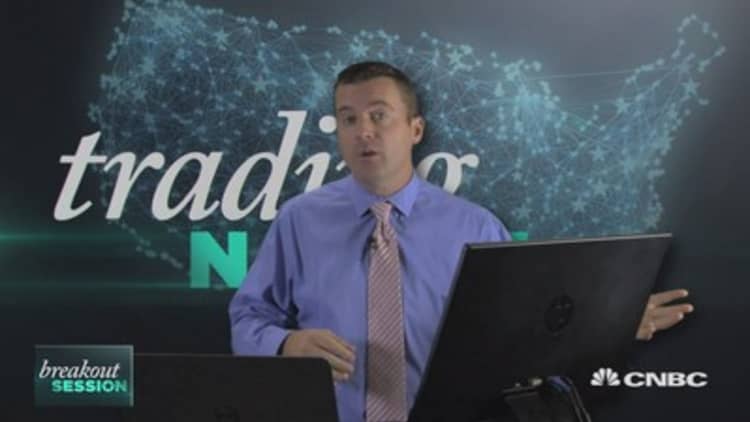


The popular emerging markets ETF (EEM) has performed thrice as well as the S&P 500 this year, rising more than 18 percent while large-cap U.S. stocks are up just 6 percent — and some traders say the global play is just heading higher from here.
"We have a couple factors suggesting that emerging markets, along with domestic markets, can continue to press higher," Todd Gordon of TradingAnalysis.com said Monday on CNBC's "Trading Nation," pointing to the oil bounce and relatively flat U.S. dollar as two prime factors.
Indeed, emerging markets tend to be highly reliant on commodity prices, so the big rise in oil and gold prices is a boon to many of the companies whose stocks are held by the EEM.
Partially because he believes that "commodities, going into next year, are going to continue to do well," Cowen head of equity sales trading David Seaburg said Friday on CNBC's "Power Lunch" that he sees EEM outperforming the S&P again in 2017.
Going into the end of the year, however, Seaburg says he'd rather "be trading" the EEM based on different levels of support and resistance.
When Gordon looks at the chart, he sees the EEM breaking out above the $38.50 level, which he sees as a recent level of resistance. From there, he sees it moving up to $40.
In order to play for such a move, Gordon is buying the November 38-strike call and selling the November 40-strike call for a total cost of $0.85 per share. If the EEM closes above $40 on November 18, this trade will turn out a profit of $1.15. On the other hand, if EEM closes below $38, this options spread will be worth squadoosh.
EEM rose as high as $38.19, following oil to the upside.






